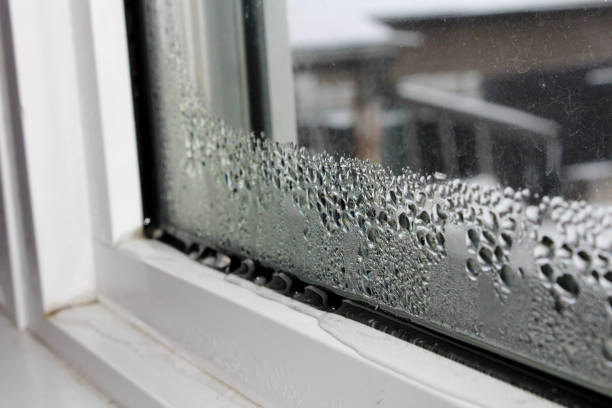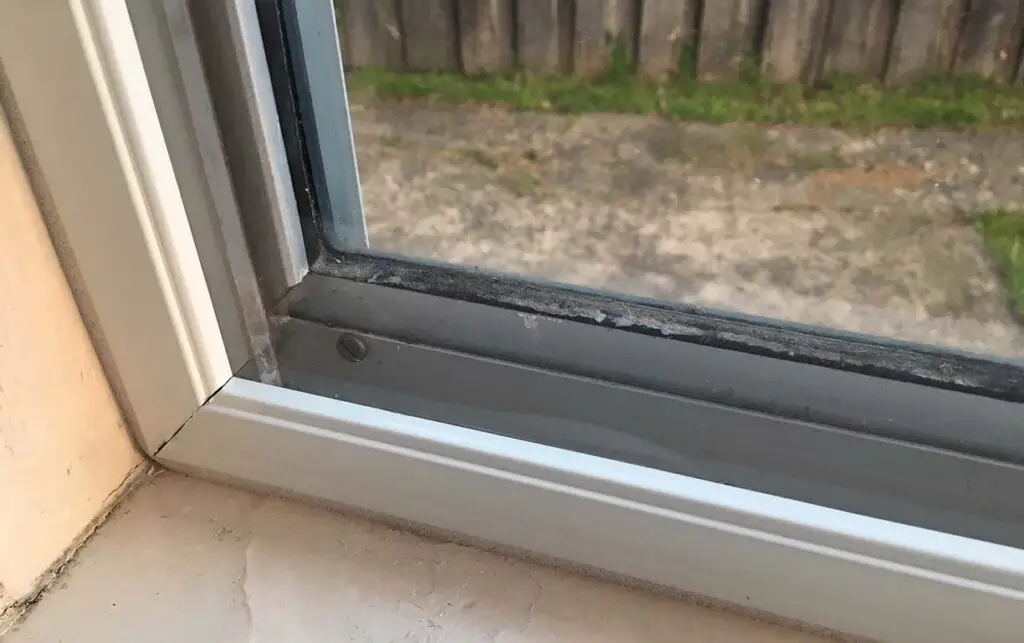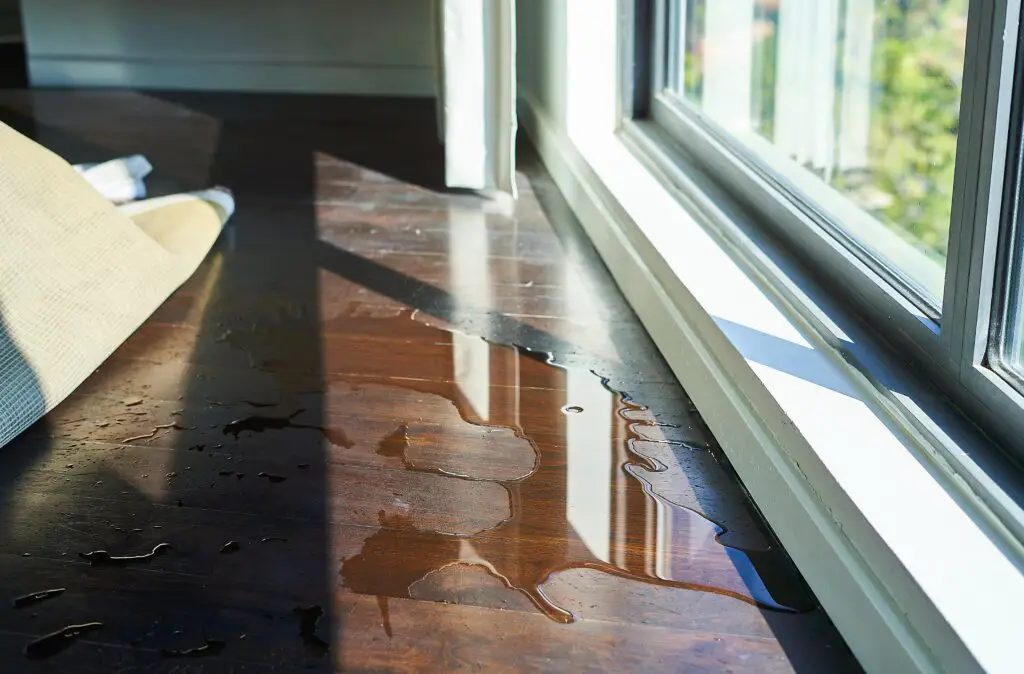Leaking aluminium window frames are a common problem in both residential and commercial properties. These leaks, often caused by a failure in the window’s sealant or improper installation, can lead to significant issues such as water damage, mold growth, and increased energy costs.
Understanding the causes and solutions for these leaks is essential for maintaining the integrity of your property and ensuring a comfortable, dry indoor environment.
Leaking aluminium window frames occur when water seeps through the gaps between the window frame and the glass or the wall.
This is typically a result of degraded sealant, improper window installation, or even the natural wear and tear of materials over time.
The issue is more than just a minor inconvenience; it compromises the indoor environment by letting in moisture, potentially causing mold, rot, and structural damage. Furthermore, it can lead to increased energy costs due to the loss of heat in winter and cool air in summer.
Addressing the issue of leaking aluminium window frames promptly is of paramount importance. Letting the problem persist can lead to substantial structural damage and costly repairs in the future, along with potential health risks associated with mold and rot.
Furthermore, it can significantly increase your energy bills due to inefficient temperature control. Ignoring such leaks may also degrade the aesthetic appeal of your property and reduce its market value.
Therefore, prompt identification and resolution of these leaks is both a financially and practically prudent measure.
Identifying the Problem
Signs of a Leaking Window Frame

Detecting a leaking aluminium window frame early can save considerable effort and expense. Some of the most common signs to look for include:
- Moisture or Water Accumulation: The presence of moisture or water on the inside of the window is a clear indication of a leak. This might be visible as condensation, water pooling, or even frost in colder climates.
- Stains or Discoloration: Over time, water leakage can cause unsightly stains or discoloration on the window sills, walls, or the surrounding area.
- Damaged or Peeling Paint: Water seeping through the frames can cause the paint to bubble, peel, or chip away.
- Mold or Mildew Growth: Leaky windows provide the perfect environment for mold or mildew to thrive, which might be visible as black or green patches.
- Increased Energy Costs: If your energy bills are inexplicably high, it could be due to leaking windows allowing conditioned air to escape and outdoor air to enter.
Potential Causes of Leakage
Leakage in aluminium window frames can be attributed to a multitude of factors:
- Poor Installation: Improper or poor installation is often the main culprit behind leaking windows. If the window frame isn’t fitted correctly, gaps may occur, leading to water seeping in.
- Aged or Damaged Seals: Over time, the sealant used to keep your windows watertight can wear out, crack, or peel away, creating a pathway for water to enter.
- Structural Damages: Accidental damages to the window or the frame, such as cracks or fractures, can also cause leakage.
- Condensation: In certain conditions, condensation can form on the window panes, accumulate, and eventually leak through the frame.
- Design Flaws: Sometimes, the design of the window itself may be flawed, leading to leakage. This includes issues like improper sloping or lack of overhangs to direct rainwater away from the window.
Consequences of Ignoring the Problem
Structural Damages

Ignoring the problem of leaking aluminium window frames can lead to significant structural damage over time. Continuous water ingress can degrade the window sills, walls, and other adjacent structures.
This not only compromises the aesthetics but also affects the structural integrity of your home. Prolonged exposure to water can cause the wood to rot, masonry to crumble, and even steel reinforcements to rust.
In severe cases, the damage may extend to the foundational structure of your property, leading to costly and complex repairs.
Increase in Energy Costs
Leaky windows can drastically increase your energy costs. The leaks create an uncontrolled pathway, allowing conditioned indoor air to escape and outdoor air to enter your home.
This means your heating system has to work harder during winter to maintain a warm indoor temperature, while your cooling system may struggle in the summer to keep your home cool.
This added strain on your HVAC system leads to higher energy consumption and, consequently, escalated utility bills.
Health Hazards Due to Mold and Mildew
One of the most overlooked yet serious consequences of leaking windows is the health hazard posed by the growth of mold and mildew. The damp and humid conditions created by leaks provide an ideal environment for these fungi to thrive.
Exposure to mold and mildew can lead to various health problems, ranging from allergic reactions and asthma attacks to more serious respiratory conditions.
Moreover, once established, these molds are notoriously difficult to eradicate, posing a continuous threat to the health of the occupants.
Steps to Fix a Leaking Aluminium Window Frame

Gathering Necessary Tools and Materials
To effectively address the issue of a leaking aluminium window frame, there are several key tools and materials that you’ll need to gather. Below is a comprehensive list:
- Silicone Sealant: A high-quality, waterproof silicone sealant is crucial for sealing any gaps or cracks that might be causing the leaks.
- Caulking Gun: This tool is used to apply the silicone sealant.
- Putty Knife or Chisel: This will be used to remove any old sealant or paint from the window frame.
- Clean Cloth or Sponge: You’ll need this to clean the frame before applying the new silicone sealant.
- Rubbing Alcohol or Window Cleaner: This is to ensure that the frame is perfectly clean and free of dirt or grease which could interfere with adhesion.
- Tape Measure: To measure the size of the gaps or cracks you need to seal.
- Painter’s Tape: This can be used to create a clean edge when applying the silicone sealant.
- Gloves: To protect your hands while working.
- Safety Glasses: To protect your eyes from any debris.
Step 1: Identify the Source of the Leak
First, examine the window frame closely to identify the exact source of the leak. It may be originating from a gap in the corner or a crack along the frame. Make a note of all such areas.
Step 2: Clean and Prepare the Frame
Using your cloth or sponge, and a little window cleaner or rubbing alcohol, thoroughly clean the frame, focusing particularly on the area around the leak. If there is any old sealant or paint on the frame, use your putty knife or chisel to gently scrape it away.
Step 3: Measure the Area to be Sealed
Use your tape measure to get an accurate measurement of the gaps or cracks that you intend to seal. This will help you determine the amount of silicone sealant you need to apply.
Step 4: Apply the Painter’s Tape
For a neat finish, apply painter’s tape along the edges of the area you are about to seal. This will create a straight edge and prevent the sealant from spreading onto the surrounding areas of the frame.
Step 5: Apply the Silicone Sealant
Load your caulking gun with the silicone sealant. Apply the sealant to the gaps or cracks, ensuring that it fills them. Try to keep the application as smooth and even as possible.
Step 6: Smooth Out the Sealant
Using a putty knife or a special caulking smoothing tool, smooth out the applied sealant. This will both ensure a watertight seal and give your window a professional finish.
Step 7: Allow the Sealant to Cure
Let the silicone sealant cure for the time recommended on the packaging. Try not to disturb the window during this time.
Step 8: Inspect and Test
Finally, remove the painter’s tape and inspect your work. To test the window, you can spray a little water on the sealed area and watch for any leaks. If any are found, repeat the process until the frame is leak-free.
Related Topics:
Preventive Measures
Regular Maintenance Tips
Regular maintenance of your aluminium window frames can prevent leaks from developing over time. Remember to clean the frames regularly to remove dust and debris that can accumulate and cause deterioration.
Regularly check and replace the sealant as needed, especially after extreme weather conditions. Lubricate the moving parts occasionally to ensure they remain in good working order.
Additionally, inspect the rubber seals around the window glass for any signs of wear and tear.
When to Consider Window Frame Replacement
Over time, even with regular maintenance, aluminium window frames may need replacement. If you notice persistent leaks despite several repair attempts, it might indicate a more serious problem.
Look for signs of severe corrosion, warping, or damage to the frame itself. A significant increase in energy bills might also suggest that the frame is not insulating properly.
If the frames are old and have not been replaced for many years, consider replacing them for better energy efficiency and aesthetics.
Conclusion
Aluminium window frames, while known for their durability and low maintenance, are not immune to leaks. A common issue in both residential and commercial settings, water seeping through the window frames can lead to significant problems like mold growth, water damage, and increased energy costs.
Regular maintenance, timely repairs, and eventual replacement are all strategies that can help combat this problem.
Understanding the root causes of these leaks, whether it’s degradation of the sealant, improper installation, or even natural wear and tear, is crucial to addressing the issue effectively.
In conclusion, taking proactive steps to address leaking aluminium window frames not only preserves the structural integrity of your property but also contributes to a healthier, more energy-efficient indoor environment.
FAQs
Why do aluminium window frames leak?
Aluminium window frames can leak due to a variety of factors, including the degradation of the sealant, improper installation, or natural wear and tear over time. Severe corrosion, warping, or physical damage to the frame itself can also result in leaks.
How can I prevent leaks in my aluminium window frames?
Regular maintenance is key to preventing leaks in aluminium window frames. This includes annual inspections, cleaning, and reapplying sealant as needed. Additionally, ensure the window frames are properly installed and aligned to prevent water infiltration.
When should I consider replacing my aluminium window frames?
If you notice persistent leaks despite several repair attempts, or signs of severe corrosion, warping, or damage to the frame itself, it might be time to consider replacement. A significant increase in energy bills might also suggest that the frame is not insulating properly.
Older frames that haven’t been replaced for many years should also be considered for replacement to improve energy efficiency and aesthetics.

1 thought on “Steps to Fix Leaking Aluminium Window Frames”